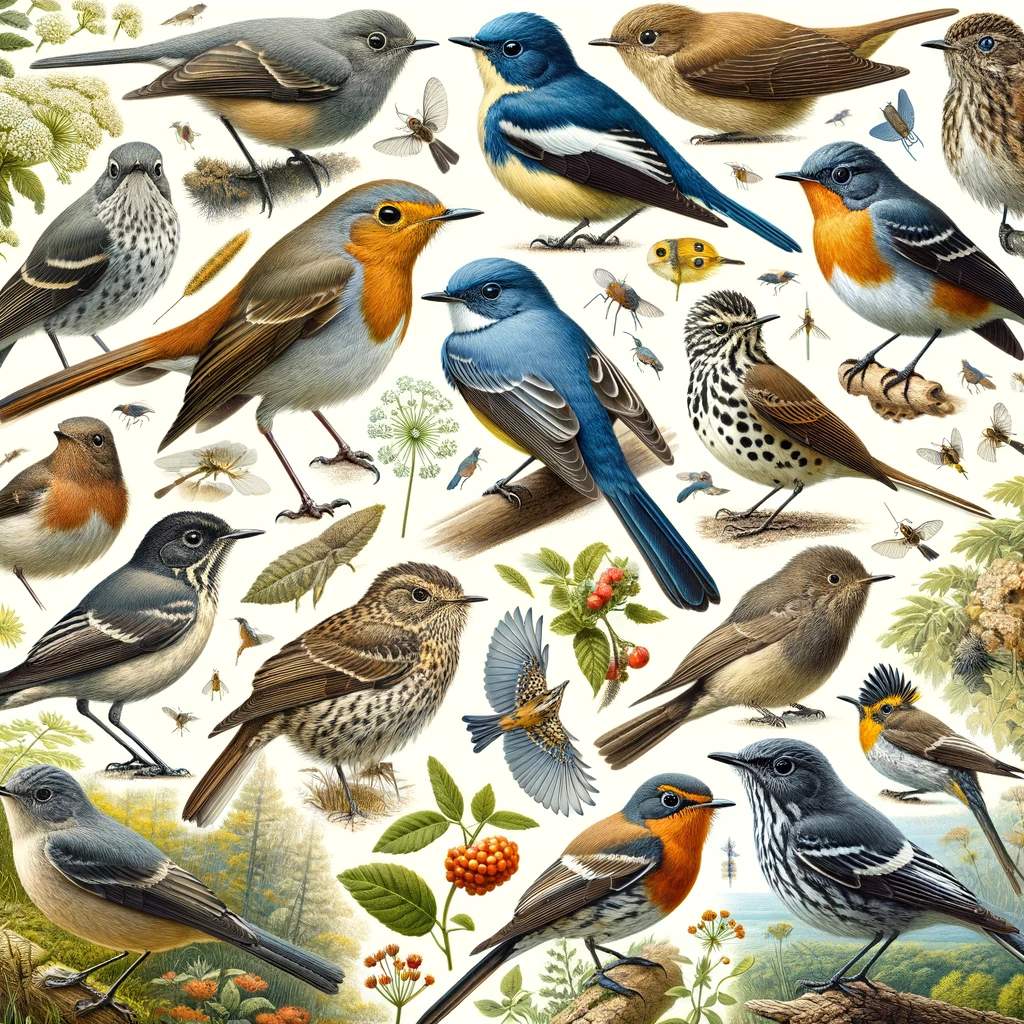
Nestled between the soaring peaks of the Himalayas and lush lowland jungles, Nepal is a dream destination for nature enthusiasts and birdwatchers alike. Among the diverse array of avian species found in this enchanting country, one bird family stands out – the Muscicapidae. In this informative post, we study the fascinating world of this captivating bird family and uncover some of its unique traits.
Getting to Know Muscicapidae
The Muscicapidae family consists of a diverse group of small to medium-sized passerine birds that are commonly referred to as Old World flycatchers. This remarkable group encompasses over 300 species, with many species exhibiting striking colors and patterns. While they can be found across Europe, Asia, and Africa, a significant number of these captivating creatures reside in Nepal's varying ecosystems.
Adaptations and Behavior
One of the defining traits of Muscicapidae birds is their impressive ability to catch insects in mid-air or pluck them from leaves and branches. They owe much of their hunting prowess to their keen eyesight, swift flight capabilities, and sharp beaks. Additionally, many species within this family possess broad, flattened bills with specialized bristles near the base, which function as an insect-catching net.
Muscicapidae species are also known for their wide range of vocalizations, using songs and call to communicate with one another. In many cases, their melodic tunes contribute significantly to the vibrant soundtrack of Nepali forests.
Key Muscicapidae Species Found in Nepal
The variety within the Muscicapidae family is truly astounding. Let's take a closer look at some prominent species found in Nepal:
White-tailed Rubythroat (Luscinia pectoralis)
This stunning songbird inhabits dense scrublands in Nepal's higher-altitude regions. Males are easily identifiable by their striking red throats and white tail tips.
Taiga Flycatcher (Ficedula albicilla)
This migratory bird can be spotted in Nepal during the winter months as it seeks refuge from the harsh Siberian climate. Sporting a subtle mix of earthy tones, both male and female birds utilize their bills to expertly snatch insects while in flight.
3. Blue-capped Redstart (Phoenicurus caeruleocephala)
Known for its vibrant blue cap and rusty-red tail, this charming Muscicapidae species can be found inhabiting forests throughout Nepal.
Conservation and the Future of Muscicapidae
As with many bird communities worldwide, habitat loss and climate change pose significant threats to the Muscicapidae family. Many species have already experienced population declines, making conservation efforts increasingly important.
Thankfully, organizations like Bird Conservation Nepal work tirelessly to raise awareness and protect these enchanting creatures. By supporting such initiatives and educating ourselves about the rich diversity that exists within the Muscicapidae family, we play a role in preserving both Nepal's natural heritage and these captivating birds for future generations to enjoy.
